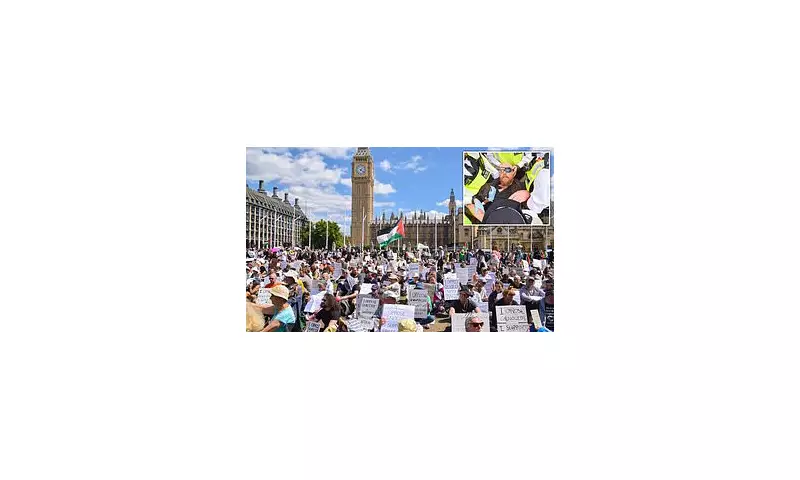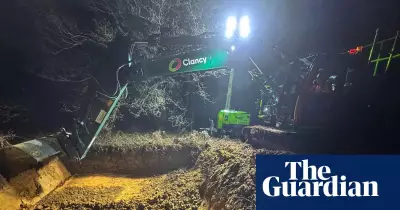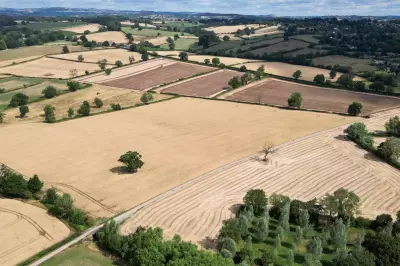
Dramatic scenes unfolded in London as the founder of Extinction Rebellion, along with hundreds of activists, were arrested following a high-profile protest targeting Leonardo da Vinci's iconic 'The Last Supper'. The demonstration, organised by the banned group Palestine Action, saw protesters glue themselves to the artwork in a bold act of defiance.
Mass Arrests Amidst Protest Chaos
Over 500 individuals were detained by police as tensions flared during the unauthorised demonstration. Authorities swiftly intervened to prevent further damage to the priceless masterpiece, which was at the centre of the activists' symbolic gesture.
Art as a Political Canvas
The protesters chose da Vinci's renowned work to draw attention to their cause, employing tactics that have become increasingly common in environmental and political activism. This incident marks another escalation in the tactics used by protest groups to gain media attention for their campaigns.
Growing Tensions Over Protest Methods
The event has reignited debates about the boundaries of peaceful protest, particularly when targeting culturally significant artefacts. Security at galleries and museums across the UK is likely to be reviewed following this latest incident.
Police confirmed that all those arrested are facing charges related to unlawful assembly and potential damage to property. The artwork itself was reportedly unharmed, thanks to protective measures in place at the venue.





